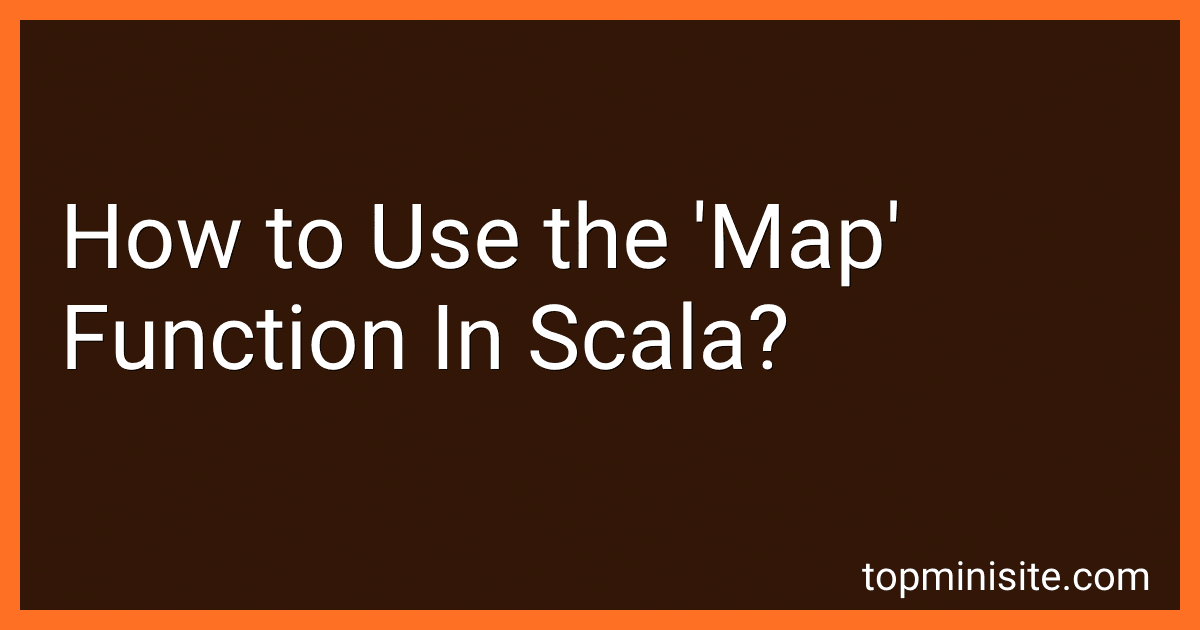Best Scala Programming Tools to Buy in December 2025
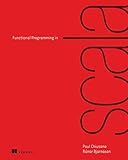
Functional Programming in Scala



Get Programming with Scala


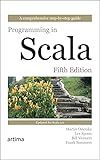
Programming in Scala Fifth Edition: Updated for Scala 3.0


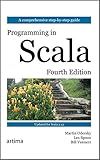
Programming in Scala Fourth Edition: Updated for Scala 2.13


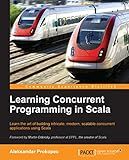
Learning Concurrent Programming in Scala


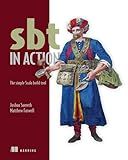
sbt in Action: The simple Scala build tool


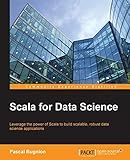
Scala for Data Science: Leverage the power of Scala with different tools to build scalable, robust data science applications


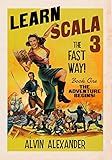
Learn Scala 3 The Fast Way!: Book 1, The Adventure Begins


The 'map' function in Scala is a higher-order function that operates on collections such as lists, arrays, and sequences. It is used to transform each element of a collection using a given function and returns a new collection with the transformed elements.
To use the 'map' function, you need to follow these steps:
- Start by creating a collection, for example, a list: val numbers = List(1, 2, 3, 4, 5)
- Define the transformation function that will be applied to each element: val double = (x: Int) => x * 2
- Use the 'map' function on the collection and pass the transformation function as an argument: val transformedNumbers = numbers.map(double)
- The 'map' function will apply the transformation function to each element of the collection and return a new collection with the modified elements. In this case, 'transformedNumbers' will be assigned the list: [2, 4, 6, 8, 10].
It is important to note that the original collection is not modified by the 'map' function. Instead, it creates a new collection with transformed values based on the original collection.
The 'map' function is widely used in functional programming to simplify data transformations and apply operations uniformly to all elements of a collection. It is a powerful tool for working with collections in Scala.
How can I use 'map' function to remove duplicate elements in a list in Scala?
In Scala, you cannot directly use the map function to remove duplicate elements from a list because map is used for transforming each element of a collection in a certain way and does not have built-in functionality for removing duplicates.
Instead, you can use the distinct function to remove duplicates from a list. Here is an example:
val myList = List(1, 2, 3, 4, 1, 2, 5, 6) val newList = myList.distinct println(newList) // Output: List(1, 2, 3, 4, 5, 6)
In the above code, the distinct function is called on the myList list, which returns a new list with duplicate elements removed. The resulting list is stored in the newList variable, which is then printed out.
If you still want to use the map function, you can combine it with distinct like this:
val myList = List(1, 2, 3, 4, 1, 2, 5, 6) val newList = myList.map(identity).distinct println(newList) // Output: List(1, 2, 3, 4, 5, 6)
In this case, the map function is used with the identity function, which returns each element as is. The resulting list is then passed to the distinct function to remove duplicates. The final result is stored in the newList variable and printed out.
How can I use 'map' function to convert a list of strings to uppercase in Scala?
You can use the map function in Scala to convert a list of strings to uppercase. Here's an example:
val list = List("apple", "banana", "cherry") val upperList = list.map(_.toUpperCase)
println(upperList)
Output:
List(APPLE, BANANA, CHERRY)
In this example, the map function is called on the list and passed a lambda function _.toUpperCase. This lambda function converts each string in the list to uppercase using the toUpperCase method, and the map function applies this lambda function to each element in the list. The result is a new list with all strings converted to uppercase.
How can I use 'map' function to calculate the sum of all elements in a list in Scala?
You can use the map function in Scala to calculate the sum of all elements in a list by following these steps:
- Define a list of numbers.
- Use the map function to apply a transformation on each element of the list. In this case, the transformation will be identity, so each element remains the same.
- Use the sum method to calculate the sum of the transformed list.
Here's an example code snippet to calculate the sum of all elements in a list using the map function:
val numbers = List(1, 2, 3, 4, 5)
val sum = numbers.map(identity).sum
println(s"The sum of all elements is: $sum")
Output:
The sum of all elements is: 15
What is the syntax for using the 'map' function in Scala?
The syntax for using the 'map' function in Scala is as follows:
collection.map(function)
Here, the 'map' function is called on a collection (such as a List, Set, or Array), and the provided function is applied to each element of the collection. The 'map' function returns a new collection with the transformed elements.
Note that in Scala, the 'map' function can also be called on Option, Future, and other types, providing a similar behavior of transforming the value inside.
